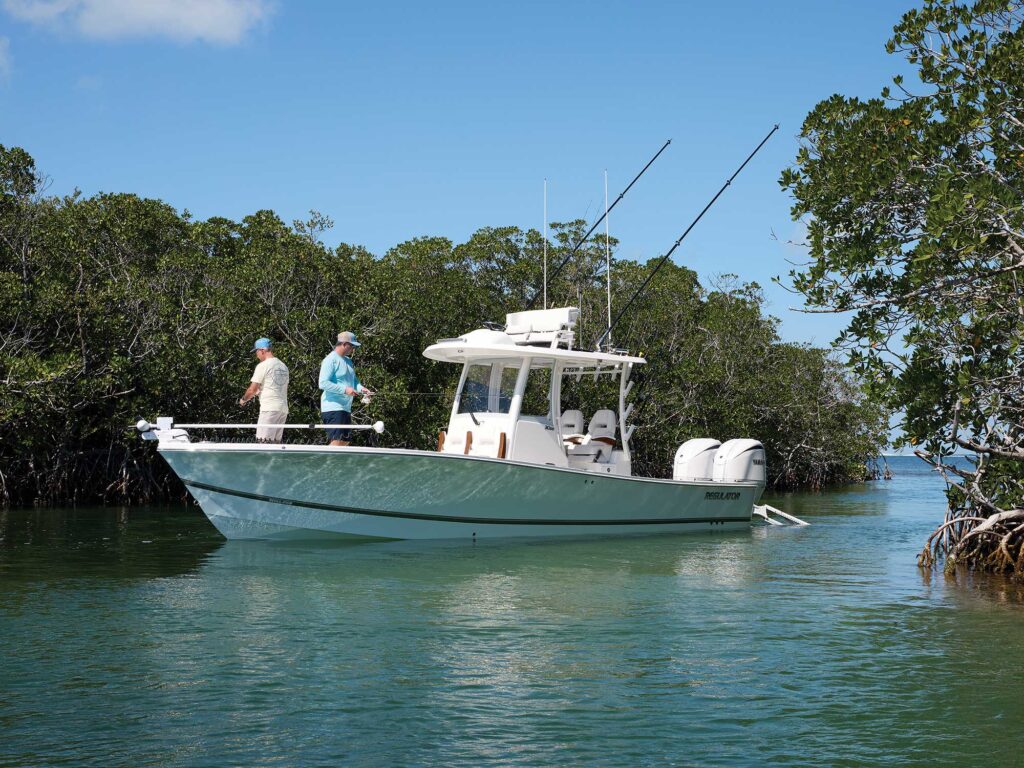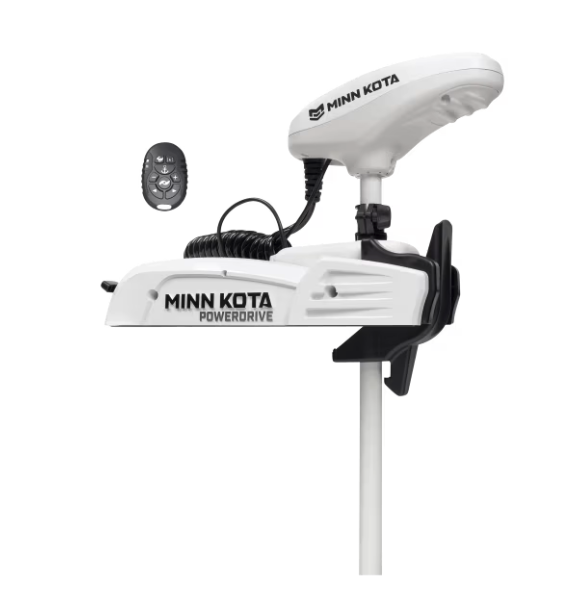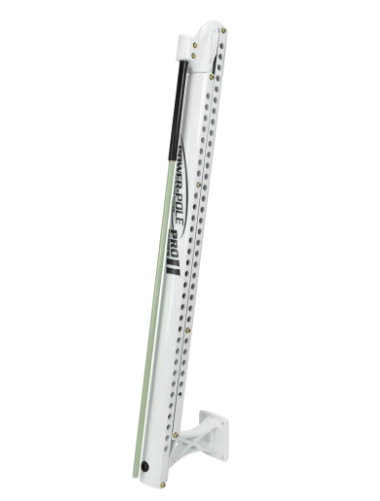
My brother-in-law likes to fish offshore reefs, and the process once entailed navigating to a mark, dropping a float, and idling upwind or up-current to drop the anchor in hopes the set would drop us back to the float.
This laborious process sometimes took three to four tries to set the anchor just right to put us on top of the structure holding fish. Then my brother-in-law installed a bow-mount Minn Kota electric trolling motor with a virtual anchoring feature called Spot-Lock. Now we simply idle over the chart-plotter mark until the fishy structure shows up on the finder, deploy the Minn Kota, and hit the Spot-Lock button. The GPS-guided motor does the rest, moving and twisting to keep us right over the spot.

One of the joys of 21st-century boating is how many old-school anchoring problems have been solved by new-school technology. Here’s a look at some of the available anchoring alternatives, how they work, and why you should still have a properly scoped anchor at the ready.
Electric Anchoring
Minn Kota is not the only brand of electric trolling motors that feature virtual anchoring, though it was the pioneer. Now GPS-guided bow-mount trolling motors from brands such as Garmin, Power-Pole, Motorguide and Rhodan also boast virtual anchors. They work by locking in your GPS position. The trolling motor then uses bursts of battery power to change the direction of the propeller and apply the appropriate thrust to help the boat maintain a hold on its position. The simplicity and ease of use make virtual anchors great for fishing over a particular mark or to temporarily hold the boat in place without relying on the main engines.
However, you would never use a virtual anchor in place of your regular anchor for a long-term hold. For one, it relies on a separate bank of batteries, which adds weight to your boat and will eventually drain if unable to recharge through your main engine or generator. Also, trolling motors sometimes struggle in rougher seas to keep the boat stationary.
Engine Anchoring
Skyhook is Mercury Marine’s version of a virtual anchor, which it calls a digital anchor, that comes as a part of its joystick control system for multiple Mercury engine installations. When used with multiple outboards, you can see the engines turn and pivot to hold your boat in place. Volvo Penta’s Skyhook Dynamic Positioning System, Yamaha’s Helm Master EX, and third-party engine-based GPS anchors such as the Dometic Optimus 360 are great for holding in a specific spot while waiting for a bridge to open or a spot to become available at the fuel dock or the launch ramp. Not all are necessarily great for fishing because the engines can make noise and create a lot of turbulence underwater. Plus, under no circumstances should a person go swimming while any digital anchor is activated because the props are still churning.

Shallow-Water Anchoring
The Power-Pole is an awesome invention that attaches vertically to the transom of the boat. When electrically deployed, it hydraulically unfolds and lowers the blade section of the pole until it digs into the seafloor at depths up to 10 feet. While Power-Pole was the pioneer, Minn Kota now offers similar systems. All are amazing for shallow-water fishing and holding at the sandbar because they are quieter and easier to deploy than a traditional anchor. The Power-Pole should not be used as a long-term anchor when the boat is subject to rising or falling tides, or to changes in wind and current.
Read Next: The Importance of Anchor Readiness
Traditional Anchoring
Regardless of whether you use any of these technologies, there is no replacement for a traditional anchor with the proper length of rode (both anchor line and chain) that can deploy when needed. Think 1 foot of chain for every 1 foot in boat length. Setting the anchor to its proper scope is also important. Typically, a 7-to-1 scope is recommended, which means you let out 7 feet of anchor line for every 1 foot of water depth. In rougher conditions, it’s advisable to go longer, even to a 10-to-1 scope. Although, many anglers deploy a shorter scope in short-term “lunch hook” or fishing applications where crew is aboard and alert.









